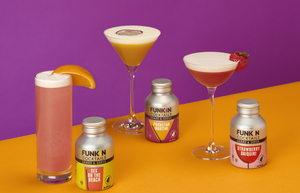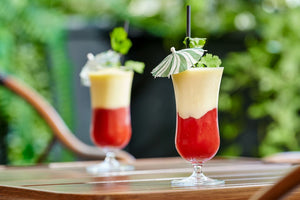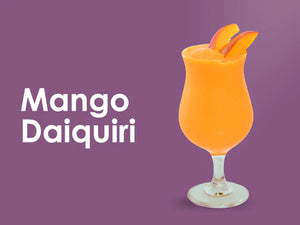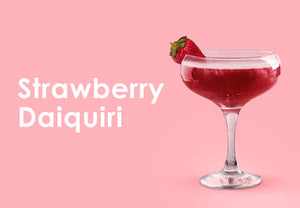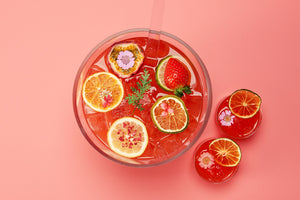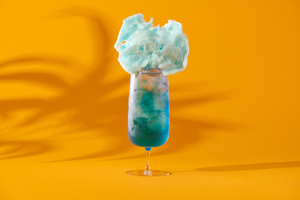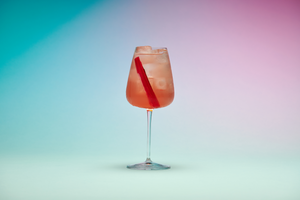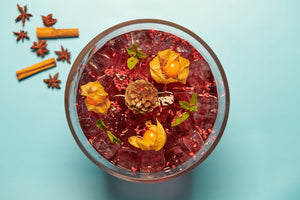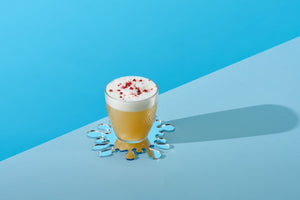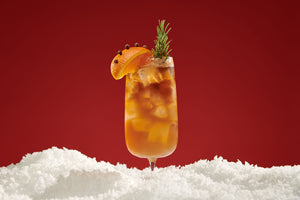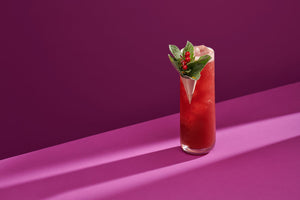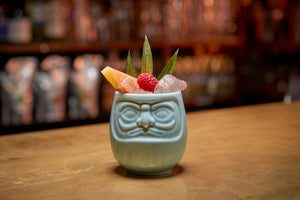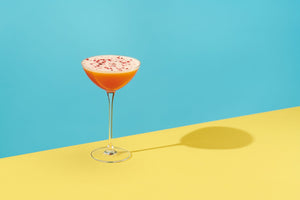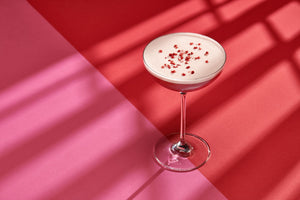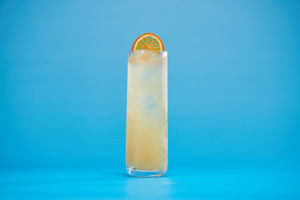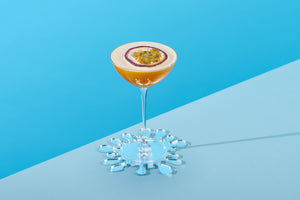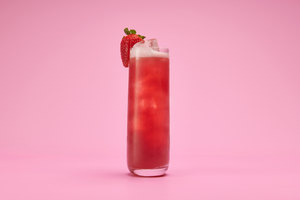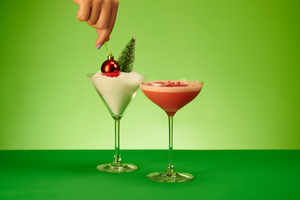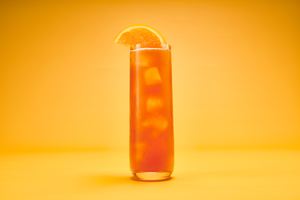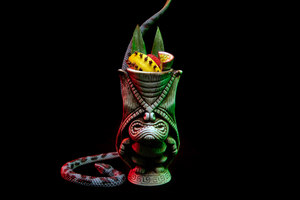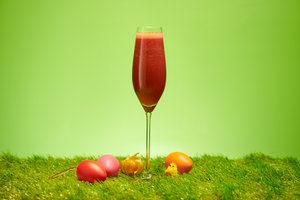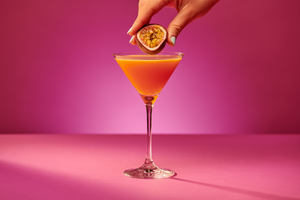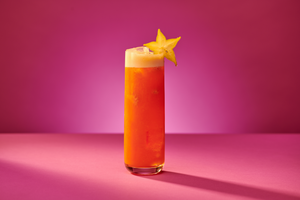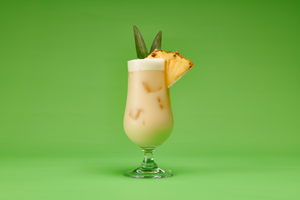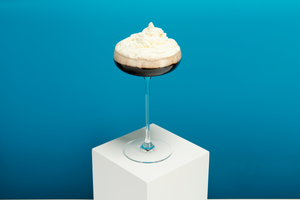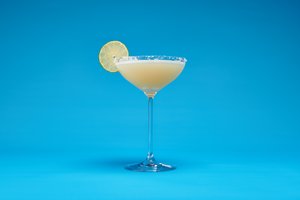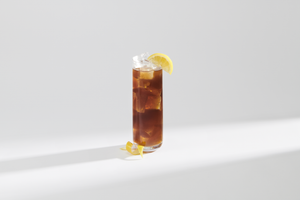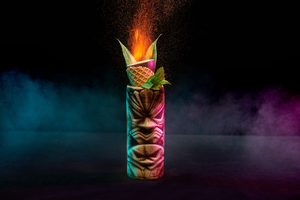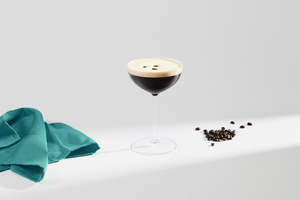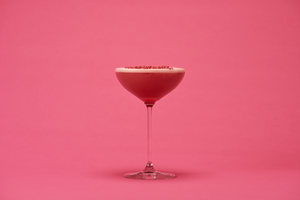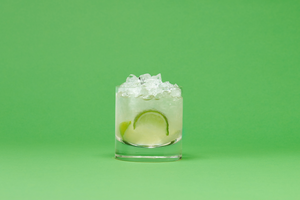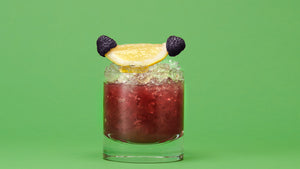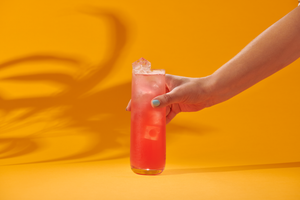Creating the best cocktail menu is not as hard as it may seem - the first fundamental step to success is knowing what is meant by ‘taste’ and what is meant by ‘flavour’, and then applying this knowledge to your work with customers and behind the bar. Understanding the difference between the two will let you create truly unique serves that keep your customers coming back for more.
Taste vs Flavour: The Difference
There are many occasions that the words "flavour" and "taste" are used interchangeably, but the truth is, they are actually very different. Taste is the sense located in our tongue, it is impossible to neutralise it, though some people may have it more developed than others.It is classified into 5 tastes:
- Umami – Glutamates; nucleotides (Amino acids);
- Salt- Electrolytes;
- Sour- Acids;
- Sweet- Carbohydrates;
- Bitter- Toxins and poisons;
Flavour however, is the sensation produced by the combination of a food's aroma, texture, and temperature. In other words, taste is one of the 5 senses that humans have (in addition to touch, sight, smell, and hearing). Whilst the flavour is found within the food or drink that you are consuming, and is detected with the help of the smell (nose) and the taste (mouth/tongue).
How We Taste
To be able to taste flavours, the human body combines both the smell and taste, meaning the aroma combines with the taste to give an overall flavour. This means that when you are working on a new drink or food item for your menu, you have to focus on its smell and taste to make sure that people will like it.
There was a famous diagram that's still sometimes used today in schools to depict how the taste sense works in the tongue, but it has been proven to be inaccurate. In the diagram, there was a division of the tongue and each part was represented to feel a particular type of flavour, but in reality it is an oversimplification that doesn't show what actually happens in the tongue or our taste buds.
Diagram that’s proven to be inconclusive when it comes to developing best tasting products
To give some credit, there are areas of the tongue that have a higher sensitivity to a particular taste, but it isn't anywhere near as organised as it is shown in the diagram.
Even though the diagram doesn't show the reality of what happens in the tastebuds, it did have an impact on the food and drinks industry, making chefs or bartenders work with flavours in a particular way that is still used to this day.

The Main Tastes In The Bar: Bitter, Sweet, Sour, and Umami
In the world of drinks, both alcoholic and non-alcoholic, the most common tastes are bitter, sour, and sweet, and in recent years umami has seen an increase in popularity.
Bitter tastes most often indicate the presence of toxins, so in theory we should try to avoid any food that tastes bitter. However many people enjoy a cold beer, black coffee or a Negroni.
Sweet is the most popular flavour because our body needs glucose (commonly found also in carbohydrates) to work properly, so it is a natural association that we make.
The sour taste is one of the most popular in the world of cocktails since it is the easiest to combine. These cocktails have some base liquor, lemon or other citrus juice, and some type of sweetener so that it is not completely bitter. The best known are Caipirinha, Pisco Sour, Margarita, and Kamikaze, among others.
Umami may seem like a strange taste, but in the last decades it began to be recognized as such. And there are some famous drinks that have an umami taste from the combination of ingredients used or caused by the production methods. One of them is the Bloody Mary, and there is also the Japanese Sake, which can be taken alone or used as a base for cocktails.

How Can You Apply This To Your Work Behind The Bar?
Bitters won’t make your cocktails bitter unless you add a lot. Use cocktail bitters to add depth of flavour and aromas to enhance cocktail mixes. Bitters are a required ingredient for many popular cocktails (e.g. Old Fashioned, Whiskey Sour, Negroni, Aperol Spritz), however, try adding a few drops of bitters to your signature serves to make something truly special.
Umami gives you an opportunity to introduce new flavours to your cocktail offering - typically, umami drinks are infused with savory ingredients from the kitchen, such as tomatoes, mushrooms, celery, seaweed, and more. Experiment with ingredients rich with umami, and, as always, ask for feedback from your staff and customers.
Another tip is to use herbs or even more vegetables in your cocktails. With these vegetal notes, your cocktails will get a fresher note. We aren't talking about mixing a glass of vodka with a salad, you can use green or red chili to make spiced margaritas, or make the famous Verdita Cocktail that combines mango, lime, and cucumber.
You should not underestimate the importance of knowing how taste works when it comes to improving the flavours of the drinks in your bar. Knowing more about taste allows you to play more freely with the different flavours, being able to combine them in different ways, or even make some that are more "addictive" so that people buy more. Use this as a tool to enhance the flavour and improve the taste with different techniques. The most popular one is adding citrus fruit zest or oils to give a more complex flavour profile to your drink.
Remember that balance between acidity and sweetness is key! We spoke about the classic formula of spirit-citrus-sugar in the “Create Twists On Classic Cocktails” post, which will never fail to deliver a delicious drink.





























